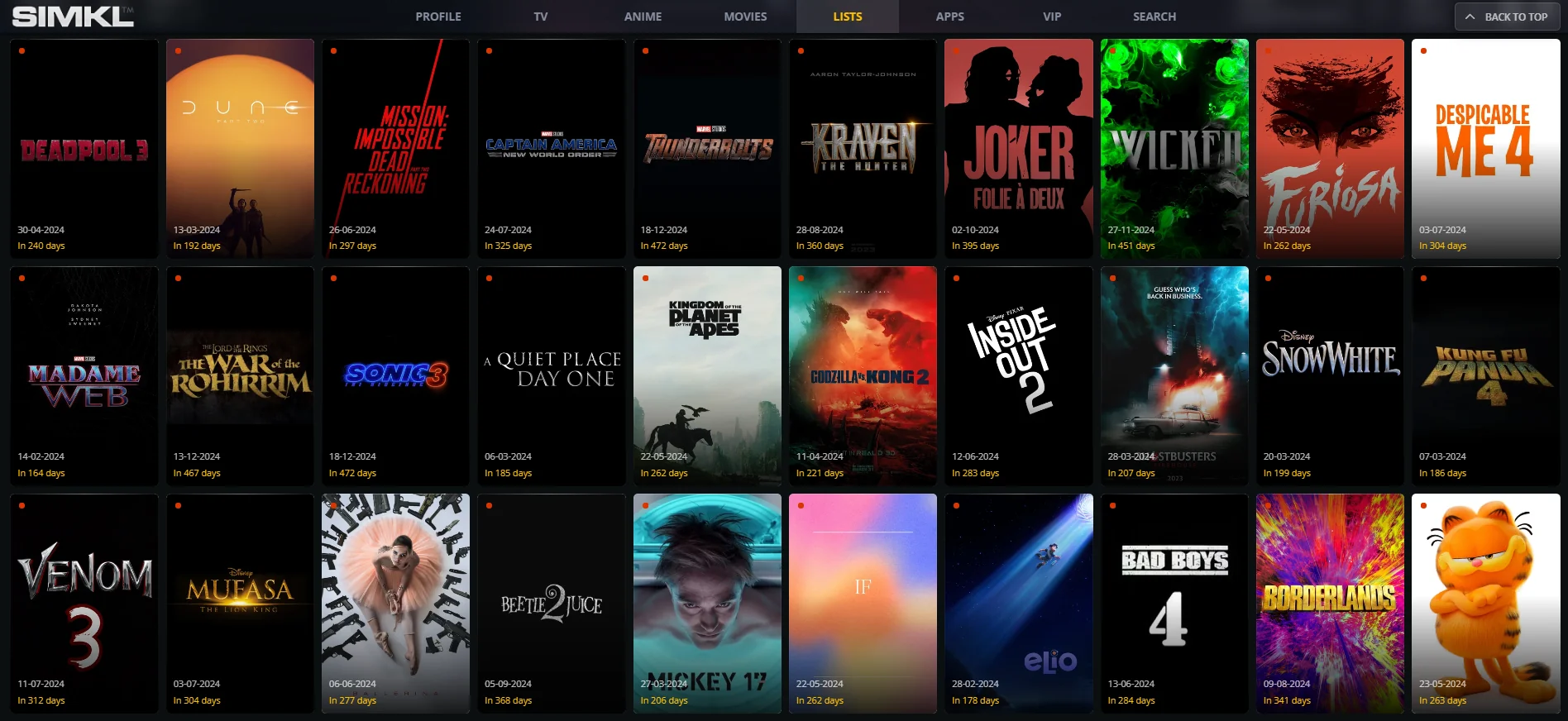In the ever-evolving landscape of digital marketing, staying ahead of the curve requires a comprehensive understanding of the factors that influence website performance. Among these, Google Core Web Vitals have emerged as crucial metrics for evaluating user experience and search engine ranking. This guide will decode the Core Web Vitals, offering insights on how to optimize your website's performance and enhance user satisfaction.
What Are Core Web Vitals?
Core Web Vitals are a set of specific performance metrics defined by Google to measure user experience on websites. They focus on three key areas: loading performance, interactivity, and visual stability. These metrics are essential for assessing how well a website performs in real-world conditions and how it affects user engagement.
Largest Contentful Paint (LCP)
Largest Contentful Paint measures the time it takes for the largest element on a webpage to load and become visible to users. This metric is crucial because it directly impacts the perceived loading speed of your website. An ideal LCP score is within 2.5 seconds from when the page starts loading.
To improve LCP, consider the following strategies:
- Optimize Images: Compress and properly size images to reduce their load time. Use modern formats like WebP for better compression.
- Use a Content Delivery Network (CDN): CDNs distribute your content across multiple servers, reducing load times for users regardless of their location.
- Minimize JavaScript: Reduce the amount of JavaScript that needs to be loaded and executed to prevent delays in rendering.
First Input Delay (FID)
First Input Delay measures the time between a user's first interaction with a page (such as clicking a button) and the browser's response. A good FID score is less than 100 milliseconds. High FID can lead to a frustrating user experience, especially if users experience delays when interacting with your site.
To enhance FID, consider the following approaches:
- Minimize Main Thread Work: Reduce tasks that block the main thread, such as long-running JavaScript processes. Optimize your scripts to run asynchronously where possible.
- Optimize Event Handlers: Ensure that event handlers are efficient and not overloaded with unnecessary tasks.
- Prioritize User Interaction: Use techniques like lazy loading for non-essential content to ensure that critical interactions are prioritized.
Cumulative Layout Shift (CLS)
Cumulative Layout Shift measures the visual stability of a webpage by tracking unexpected shifts in layout elements during loading. A low CLS score indicates a stable page layout, while a high score suggests frequent shifts that can disrupt the user experience. An ideal CLS score is less than 0.1.
To reduce CLS, implement the following strategies:
- Set Size for Media: Define dimensions for images, videos, and other media to ensure they don't cause layout shifts as they load.
- Avoid Dynamic Content Changes: Minimize changes to the layout caused by dynamic content or ads that can affect the overall page stability.
- Use Font Loading Strategies: Employ font loading strategies that prevent layout shifts caused by custom fonts.
Why Core Web Vitals Matter
Google has made it clear that user experience is a key factor in search engine rankings. Core Web Vitals are part of Google's broader Page Experience signals, which also include mobile-friendliness, HTTPS security, and intrusive interstitials. A website that performs well in Core Web Vitals not only provides a better user experience but also stands a better chance of ranking higher in search results.
How to Measure Core Web Vitals
Understanding how to measure Core Web Vitals is essential for effective optimization. Here are some tools and methods to get started:
- Google PageSpeed Insights: This tool provides a comprehensive report on your website's Core Web Vitals and offers actionable recommendations for improvement.
- Google Search Console: The Core Web Vitals report in Search Console helps track performance over time and identify issues affecting user experience.
- Lighthouse: An open-source tool that audits web performance, including Core Web Vitals, and provides detailed insights for optimization.
- Web Vitals Extension: A browser extension that allows you to measure Core Web Vitals in real time as you browse your website.
Best Practices for Core Web Vitals Optimization
Optimizing Core Web Vitals involves a mix of technical and design considerations. Here are some best practices to follow:
Enhance Server Response Times
Faster server response times contribute to better LCP and overall page performance. Optimize your server's response times by:
- Upgrading Hosting Plans: Choose a hosting plan that offers better performance and resources.
- Implementing Caching: Use server-side caching to reduce the load on your server and speed up response times.
Optimize Critical Rendering Path
The critical rendering path is the sequence of steps the browser takes to render a page. Optimize it by:
- Minimizing CSS and JavaScript Blocking: Ensure that critical CSS and JavaScript are loaded early, while deferring non-essential scripts.
- Prioritizing Visible Content: Load visible content first to improve LCP and reduce perceived load times.
Improve Mobile Experience
Mobile devices often have different performance characteristics compared to desktops. Enhance mobile performance by:
- Implementing Responsive Design: Ensure your website is optimized for various screen sizes and resolutions.
- Reducing Mobile-Specific Issues: Address common mobile performance issues such as touch responsiveness and viewport scaling.
Monitor and Iterate
Continuous monitoring and iterative improvements are key to maintaining optimal Core Web Vitals. Regularly review performance metrics and make necessary adjustments based on the latest insights and user feedback.
Decoding Google Core Web Vitals and optimizing your website's performance is not just a matter of technical adjustment but a strategic move to enhance user experience and improve search engine rankings. By focusing on Largest Contentful Paint, First Input Delay, and Cumulative Layout Shift, you can ensure that your website provides a seamless and engaging experience for users, positioning your site for success in the competitive digital landscape.
Call to Action
Ready to take your website performance to the next level? Contact Webinfomatrix today to learn how our expert team can help you optimize your site for Core Web Vitals and drive better results. Let’s transform your online presence and boost your rankings with our comprehensive SEO solutions.
FAQ: Understanding Google Core Web Vitals and Website Performance
What are Core Web Vitals?
Core Web Vitals are a set of performance metrics defined by Google to measure user experience on websites. They focus on three key areas: loading performance (Largest Contentful Paint), interactivity (First Input Delay), and visual stability (Cumulative Layout Shift). These metrics are essential for assessing how well a website performs and impacts user engagement.
Why are Core Web Vitals important for my website?
Core Web Vitals are crucial because they directly impact user experience and search engine rankings. Google considers these metrics as part of its Page Experience signals, which influence your website’s visibility in search results. A well-performing site in these areas provides a better user experience and has a better chance of ranking higher.
How can I improve my Largest Contentful Paint (LCP) score?
To improve LCP, consider the following strategies:
- Optimize Images: Compress and size images appropriately. Use modern formats like WebP for better compression.
- Use a Content Delivery Network (CDN): CDNs distribute content across multiple servers, reducing load times.
- Minimize JavaScript: Reduce the amount of JavaScript that needs to be loaded and executed to speed up rendering.
What is First Input Delay (FID) and how can I improve it?
First Input Delay measures the time between a user's first interaction with a page and the browser's response. To enhance FID:
- Minimize Main Thread Work: Reduce tasks that block the main thread, such as long-running JavaScript processes.
- Optimize Event Handlers: Ensure event handlers are efficient and not overloaded.
- Prioritize User Interaction: Use lazy loading for non-essential content to prioritize critical interactions.
What is Cumulative Layout Shift (CLS) and how can I reduce it?
Cumulative Layout Shift tracks unexpected shifts in layout elements during loading. To reduce CLS:
- Set Size for Media: Define dimensions for images and videos to prevent layout shifts.
- Avoid Dynamic Content Changes: Minimize changes caused by dynamic content or ads.
- Use Font Loading Strategies: Employ strategies to prevent layout shifts caused by custom fonts.
How do I measure Core Web Vitals?
You can measure Core Web Vitals using:
- Google PageSpeed Insights: Provides a report on your Core Web Vitals and actionable recommendations.
- Google Search Console: Offers a Core Web Vitals report to track performance and identify issues.
- Lighthouse: An open-source tool that audits web performance, including Core Web Vitals.
- Web Vitals Extension: A browser extension for real-time measurement of Core Web Vitals.
What are some best practices for optimizing Core Web Vitals?
Best practices include:
- Enhance Server Response Times: Upgrade hosting plans and implement caching.
- Optimize Critical Rendering Path: Minimize CSS and JavaScript blocking and prioritize visible content.
- Improve Mobile Experience: Implement responsive design and address mobile-specific issues.
- Monitor and Iterate: Regularly review performance metrics and make iterative improvements.
How does Webinfomatrix help with Core Web Vitals optimization?
Webinfomatrix offers expert services to optimize your website’s Core Web Vitals. Our team can help you enhance performance, improve user experience, and boost search engine rankings through tailored SEO solutions and performance optimization strategies.
How can I contact Webinfomatrix for assistance?
To get started with optimizing your website’s Core Web Vitals, contact Webinfomatrix today. Our expert team is ready to assist you with comprehensive SEO solutions and performance improvements. Visit our website or reach out to us via phone or email to learn more.

















